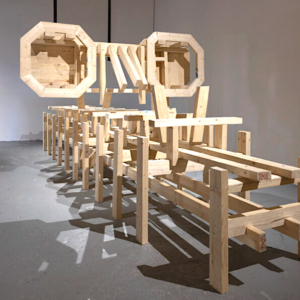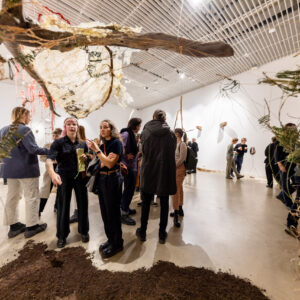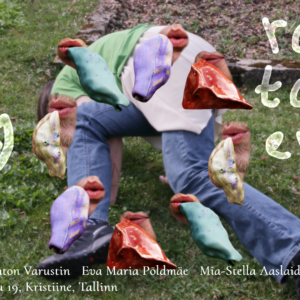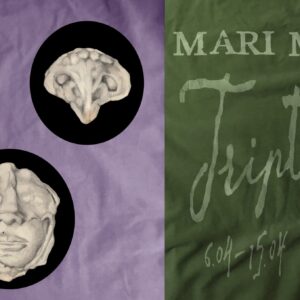Overview
Sculpture is a spatial or three-dimensional work of art, whose main means of expression are form, volume and material. While traditionally the dominant materials were stone, wood and bronze, today, with the expansion of the concept of sculpture, the choice of materials is essentially unlimited. Everything from natural to synthetic man-made materials is used. Modern sculpture can also be soft, light, flowing or shape-changing over time, made of textiles, clay or found objects.
Also, in addition to the previously common sculptural techniques – modeling, material removal (stone carving) or construction, many new techniques arising from the material itself are in use. Therefore, the concept of sculpture today cannot be linked to specifically mentioned techniques, materials or objects. Rather, it is a field of activity that is constantly changing, offering essentially unlimited freedom to artistic expression, which is very far from the cumbersome monumentality that is sometimes erroneously attributed to it. Today, we can talk about sculptural and installation art as the most common type of art in public space, in addition to architecture, both of which shape the everyday environment around us to a large extent.
Installation
Installation art, which took shape in dialogue with sculpture in the second half of the last century, is largely based on the space in which the partial objects that make up the whole of the work are placed with each other, with the space and with the viewer who experiences it. This special way of viewing and experiencing gives the viewer the opportunity to move in the environment created by the artist, in the space of the created work itself. The elements of such space creation can be sculptural objects, found materials, architectural details as well as sound and light.








